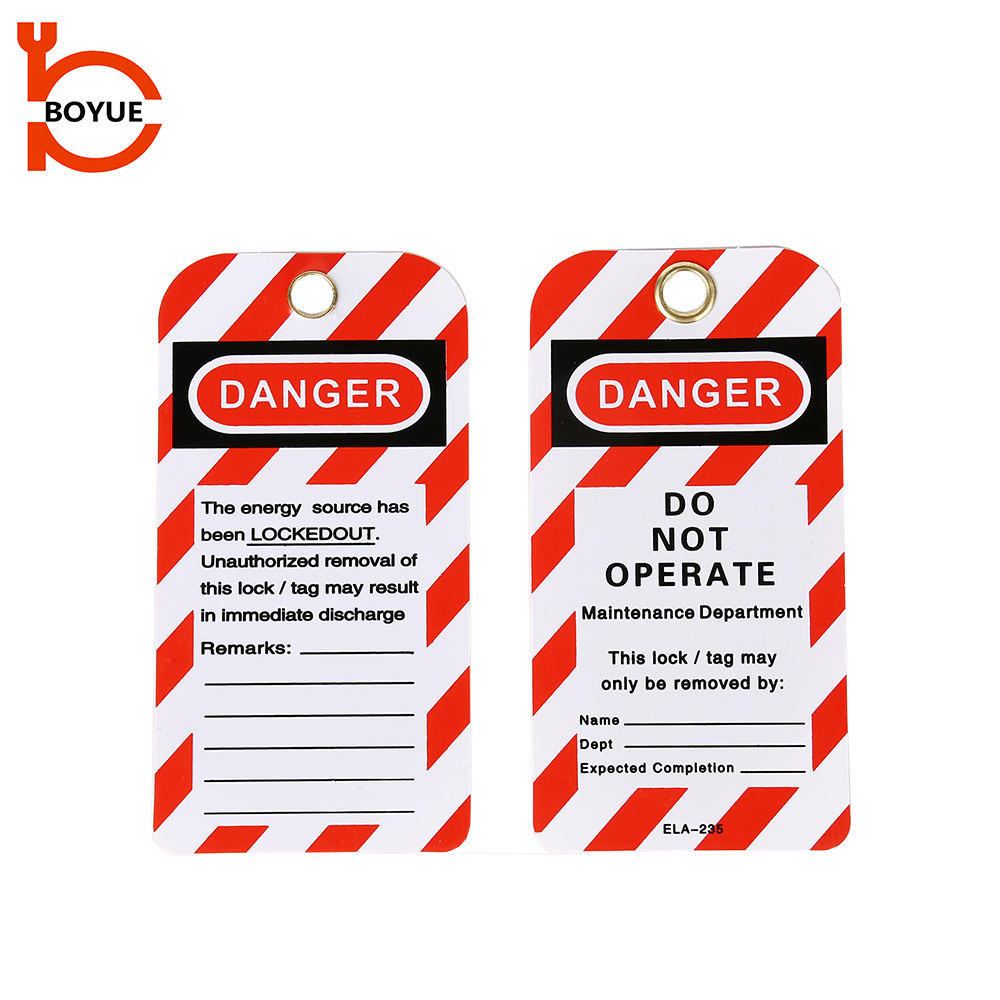In any workplace where electrical equipment is present, safety is not just a priority—it’s a necessity. Ensuring that proper safety protocols are in place can mean the difference between a secure work environment and one fraught with risks. Among the most crucial safety procedures is the Lock Out Tag Out (LOTO) protocol. This process is essential in preventing accidents and injuries by ensuring that electrical equipment is safely de-energized before any maintenance or servicing is performed.
What is Lock Out Tag Out (LOTO)?
Lock Out Tag Out, commonly referred to as LOTO, is a safety procedure used to ensure that machinery or electrical equipment is properly shut off and cannot be started up again before maintenance or repair work is completed. This involves locking the equipment’s energy source with a padlock and placing a tag to indicate that the equipment is being serviced and should not be operated.
Why is LOTO Essential?
Preventing Electrical Accidents
Electrical equipment can be hazardous if not properly managed during servicing. LOTO ensures that the energy source is isolated, preventing any accidental energization of the equipment that could lead to electrical shocks, burns, or even fatal injuries.
Protecting Workers from Injuries
The primary purpose of LOTO procedures is to protect workers who are performing maintenance or repairs. By securing the equipment, it eliminates the risk of unexpected start-ups or the release of stored energy, which could otherwise result in severe injuries.
Compliance with Regulations
Many safety regulations, such as those from OSHA (Occupational Safety and Health Administration), require the implementation of LOTO procedures. Adhering to these regulations not only ensures worker safety but also helps businesses avoid hefty fines and legal liabilities.
How to Implement LOTO Procedures
Identify All Energy Sources
Before starting maintenance, it is vital to identify and isolate all potential energy sources connected to the equipment, including electrical, hydraulic, pneumatic, and mechanical energy.
Lock Out the Energy Sources
Apply lockout devices to each energy source to prevent re-energization. This step ensures that the machinery remains in a safe state until all maintenance work is completed.
Tag Out the Equipment
After locking out the energy sources, attach a tag to the equipment that clearly communicates that it is being serviced and should not be operated. The tag should include the name of the person performing the maintenance and the date of the procedure.
Verify Isolation
Before beginning work, always verify that the energy sources have been successfully isolated. This step is critical to ensure the safety of the workers involved.
Perform Maintenance Safely
With LOTO in place, maintenance can be performed without the risk of the equipment being accidentally energized.
Remove LOTO Devices After Work is Complete
Once the maintenance or servicing is completed, the lockout devices should be removed by the person who applied them. The equipment can then be safely restarted.
Conclusion
Implementing and following LOTO procedures is essential for maintaining a safe workplace, particularly in environments where electrical equipment is prevalent. By properly locking out and tagging out equipment, businesses can prevent accidents, protect their workers, and comply with safety regulations. Prioritizing LOTO is not just about following rules—it’s about ensuring that everyone goes home safe at the end of the day.
Post time: Aug-19-2024

